There will be many important changes at the Cam Lo - Lao Bao Expressway PPP Project, the expressway expected to become the starting point of the East - West Economic Corridor (EWEC).
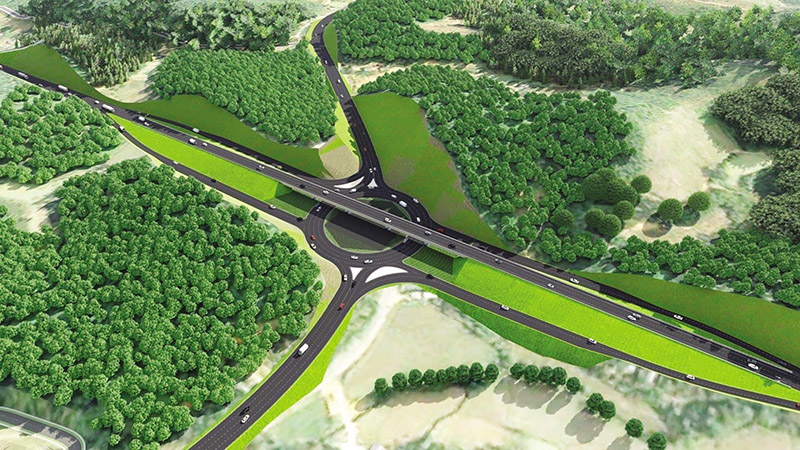 |
| Perspective of a section in the Cam Lo - Lao Bao Expressway Project. |
Investment according to planning scale
Exactly 10 months since being assigned by the Prime Minister as a competent authority, early last week, the People's Committee of Quang Tri province issued Document No. 18/TTr-UBND requesting the application of special mechanisms and policies and budget support to participate in the Cam Lo - Lao Bao Expressway PPP Project.
Compared with Report No. 30/BC-UBND sent to the Prime Minister on March 3, 2023, the investment plan and financial plan of the Cam Lo - Lao Bao Expressway PPP Project mentioned in Report No. 18/TTr-UBND have had many changes.
Specifically, the project is 56 km long, starting at the intersection with Cam Lo - La Son Expressway and ending at Lao Bao International Border Gate; passing through 4 districts: Trieu Phong, Cam Lo, Dakrong, Huong Hoa (Quang Tri province), will be invested in a scale of 4 lanes, with a roadbed width of 24.75 m, design speed of 100 km/h.
Mr. Vo Van Hung, Chairman of the People's Committee of Quang Tri province, said that the above investment scale is in accordance with the planning of the Cam Lo - Lao Bao expressway (CT.19) approved by the Prime Minister in Decision No. 1454/QD-TTg dated September 1, 2021 approving the Road Network Planning for the period 2021 - 2030, with a vision to 2050.
With the above investment scale, the total investment of the Project (excluding interest during construction) is 13,726 billion VND, including site clearance cost of 676 billion VND; construction cost of 10,643 billion VND; equipment cost of 222 billion VND; project management, consulting and other costs of 1,086 billion VND; contingency cost of 1,099 billion VND.
Previously, the People's Committee of Quang Tri province proposed to implement investment phases for the Cam Lo - Lao Bao Expressway PPP Project, in which phase I, the route is designed according to the standards of a 4-lane limited-traffic expressway, without continuous emergency lanes, and a 17-meter wide road surface.
It is estimated that the total investment for the Cam Lo - Lao Bao Expressway PPP Project according to the phase I plan is 7,938 billion VND, of which the state budget contributes 3,969 billion VND; the investor mobilizes equity and commercial loans of 3,969 billion VND (equivalent to 50% of the total investment).
According to a leader of the Vietnam Expressway Administration, the Quang Tri Provincial People's Committee's proposal to fully invest in the Cam Lo - Lao Bao expressway is consistent with the recent direction of the Government leaders on limiting investment in different phases of expressways.
However, this is not the most important change related to the investment plan of the Cam Lo - Lao Bao Expressway PPP Project. In Document No. 18/TTr-UBND, the People's Committee of Quang Tri province proposed that the Prime Minister consider submitting to the National Assembly permission to apply special mechanisms and policies to the Cam Lo - Lao Bao Expressway PPP Project, with the state capital participation rate up to 70% of the total investment.
This is the special mechanism allowed by the National Assembly to be applied to the Thai Binh Province Coastal Road Construction Investment Project and the Dong Dang - Tra Linh Expressway Construction Investment Project in Resolution No. 106/2023/QH15 dated November 28, 2023.
Increase the state capital ratio
According to the leader of the People's Committee of Quang Tri province, because the Project passes through the districts of Huong Hoa, Dakrong, Cam Lo, Trieu Phong with especially difficult conditions and the forecast of traffic volume in the initial phase is not high, if it is necessary to apply Clause 2, Article 69, Law on Investment under the public-private partnership method (the proportion of state capital participating in the project does not exceed 50% of the total investment), the financial plan of the Project will be unfeasible, prolonging the payback period, making it difficult to mobilize capital from investors and credit institutions.
Quang Tri Provincial People's Committee calculated that, in case the competent authority approves the above proposal, the state budget capital participating in the Project will increase to VND 9,608 billion (accounting for 70%); the capital mobilized by investors (owners, loans and other capital) is VND 4,581 billion (accounting for 30%).
“This plan ensures financial feasibility, shortens the payback period for the project to 28.7 years, thereby facilitating the attraction of investment capital outside the state budget,” the leader of the Quang Tri Provincial People's Committee calculated.
Due to the limitations of Quang Tri province's budget, accessing ODA loans under the plan of completely re-borrowing foreign loans to make up the state capital participation to implement the Cam Lo - Lao Bao Expressway PPP Project does not ensure feasibility.
“Therefore, the People's Committee of Quang Tri province requests the Prime Minister to pay attention to supporting and allocating capital from the central budget for the medium-term period of 2026-2030 as the state capital participating in the Project of 9,608 billion VND; at the same time, add the project to the List of key national works and projects, key projects of the transport sector to facilitate the acceleration of investment preparation work", the leader of the People's Committee of Quang Tri province wishes.
In July 2023, the People's Committee of Quang Tri province assigned Son Hai Group to prepare a Pre-feasibility Study Report for the Cam Lo - Lao Bao Expressway Construction Project under the PPP method. Within 6 months from the date of approval from the People's Committee of Quang Tri province, the investor must submit a project proposal according to the minimum scale according to the planning approved by the Prime Minister in Decision No. 1454/QD-TTg dated September 1, 2021 approving the Road Network Planning for the period 2021 - 2030.
Source



![[Photo] General Secretary To Lam receives the Director of the Academy of Public Administration and National Economy under the President of the Russian Federation](/_next/image?url=https%3A%2F%2Fvphoto.vietnam.vn%2Fthumb%2F1200x675%2Fvietnam%2Fresource%2FIMAGE%2F2025%2F12%2F08%2F1765200203892_a1-bnd-0933-4198-jpg.webp&w=3840&q=75)






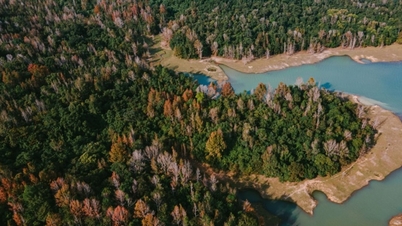



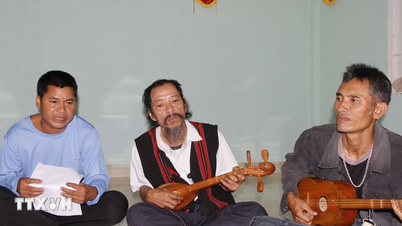

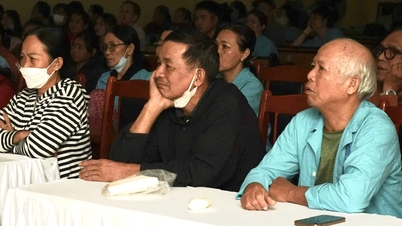

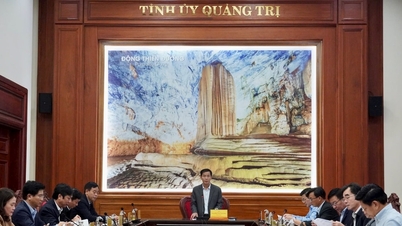

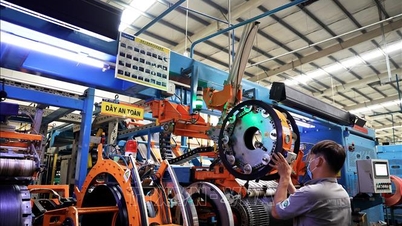

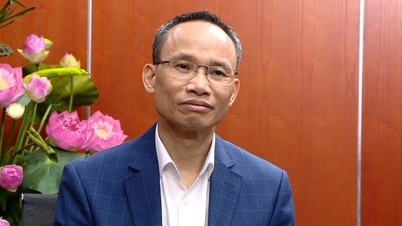

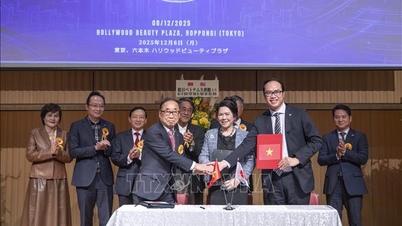










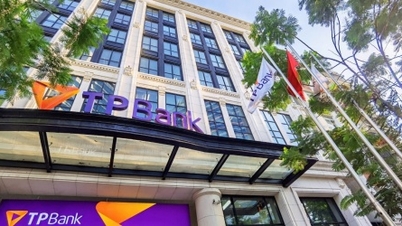
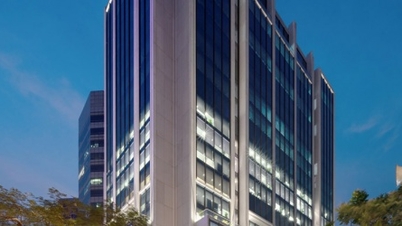

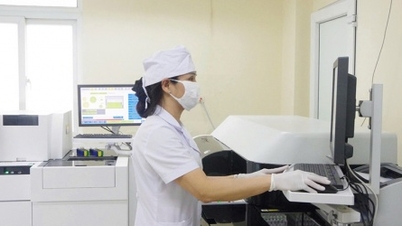
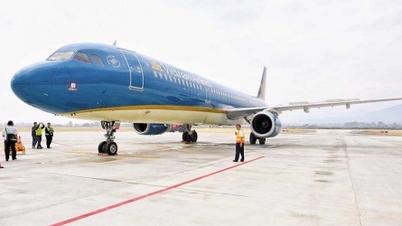

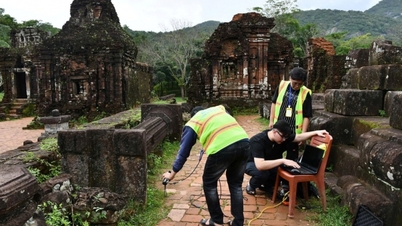

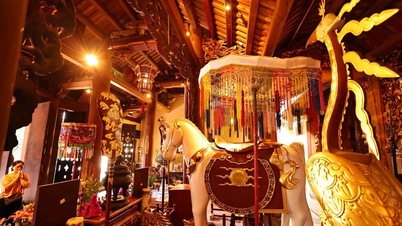







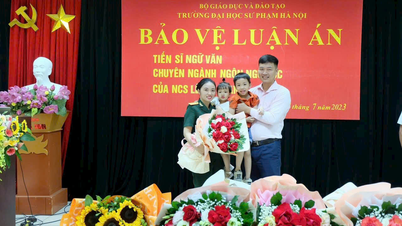

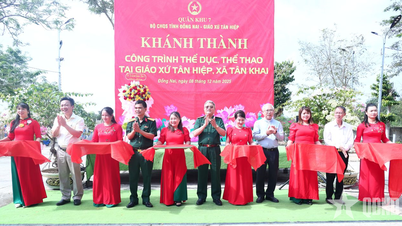
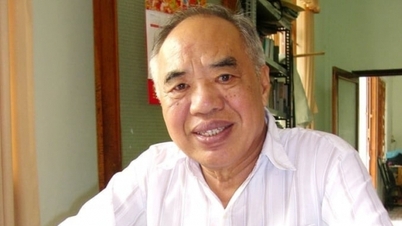


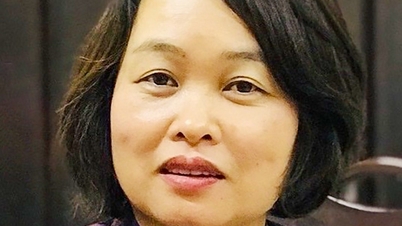



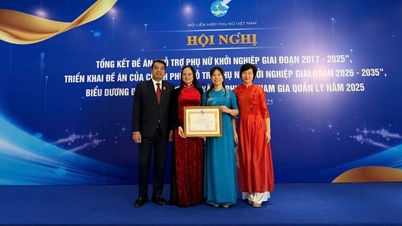




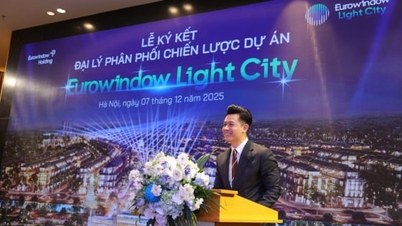











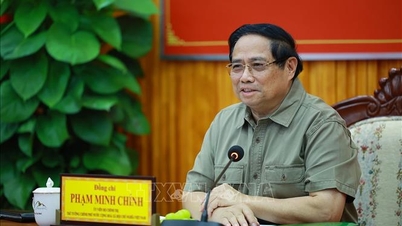
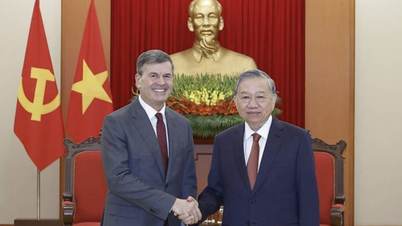


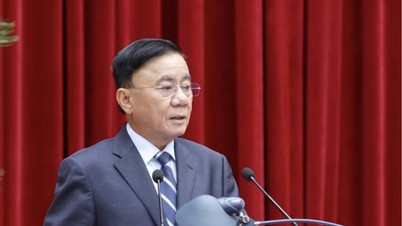


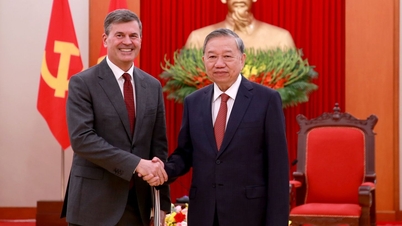
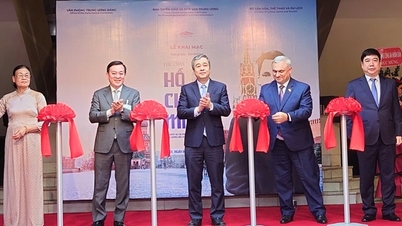

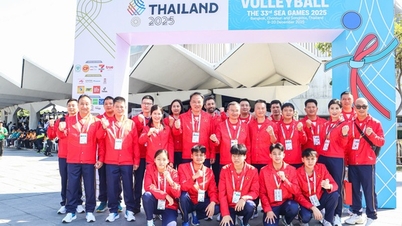
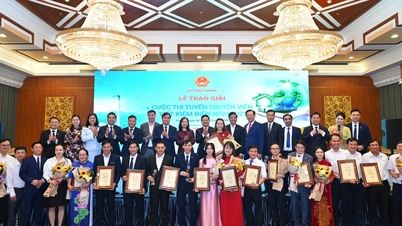


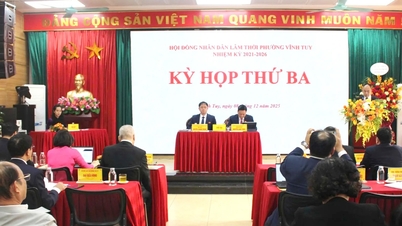
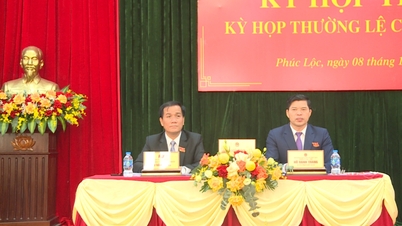




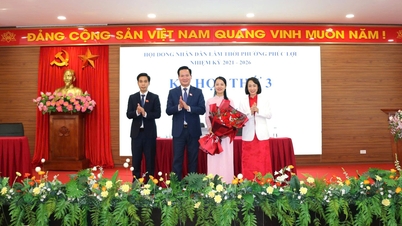
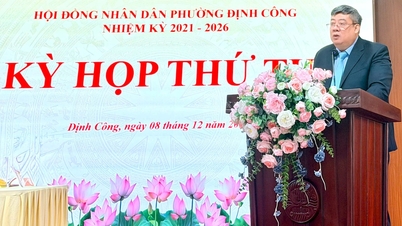

















Comment (0)